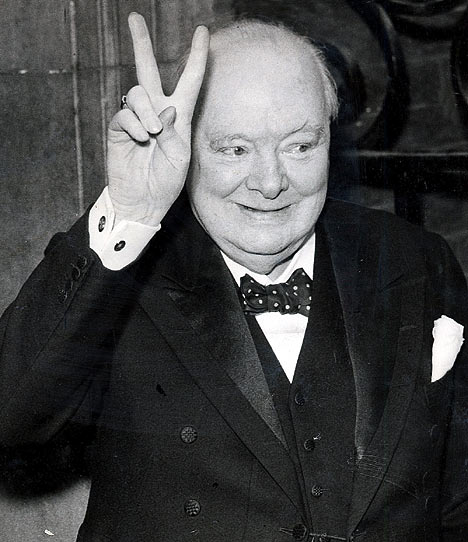
There are nine further chapters on these remarkable characters. Hill’s feelings, Stelzer writes, “he complimented her on her handwriting.” Their value was beyond their station He detested staples and paper clips, because, he said, “they are very dangerous as they pick up and hold together wrong papers.” Realizing his explosion had hurt Mrs. “Klop” was a “Churchillism”-a word invented “for reasons of onomatopoeia.” It was a metal hole-punch that allowed a “Treasury tag” (a length of yarn with metal “Ts” at its ends) to secure pages together. Proudly she staggered down two flights of stairs with fourteen volumes of Der Fall des Hauses Stuart und die Succession des Houses Hannover. Hill wasn’t on the job a day when Churchill commanded: “Fetch me Klop.” She remembered seeing a lengthy study of the Stuarts by the German historian Onno Klopp. Churchill in the mornings, rest during the afternoon, and then work for Churchill at nights, sometimes until 2 or 3 a.m.,” Cita Stelzer writes. as the European scene darkened and Churchill’s political and literary work built. Kathleen Hill arrived in July 1937 to assist Grace and Mrs. “Is that the secretary? Yer maggots are ‘ere, Miss!” She often remembered how she would rush off to the village after summons by the postmaster. Stopping at the Post Office for the latest page proofs was no more important than fetching the a shipment of maggots for Churchill’s goldfish. There was no difference in priority, she said, either. She was involved in every aspect of his affairs. Hamblin herself has been often mentioned in Churchill lore. “She worked like a Trojan,” Grace remembered. Grace Hamblin “broke in” at Chartwell under Mrs. She took ill, but continued to serve part-time from her home until she died of a stroke in 1941. Between them they piled up forty years of experience. The first three chapters cover the most stellar and important of Churchill’s secretaries: Violet Pearman, Grace Hamblin and Kathleen Hill. Today, she notes, “women of equal talent and willingness to work would have grander titles.” Today they’d be called-at the very least-”executive assistants.” The grand triumvirate The author is mindful of the vast cultural gulf between their time and ours. But all those involved “the good and the great.” Stelzer instead offers the unsung heroines (and one hero) who spent their prime in Churchill’s “private office.” There are many compilations by and about those who knew and worked with Churchill. Nothing like this has been attempted before. Stelzer did not stop there: her nine-page bibliography testifies to the countless sources she consulted. That is where Cita Stelzer first went in search of her untold story. Thus they cooperated by making recordings with Churchill Archives Centre. Hamblin and many others knew their experiences would be valuable to history. Churchill’s Secretary, was written with Churchill’s approval, and in the kindest terms. The exception was Elizabeth Layton Nel.

Through all those years she never “wrote.” Nor, with one exception, did his other office secretaries. After Sir Winston’s death she became Chartwell’s first National Trust administrator.

Grace Hamblin came to Chartwell in 1932 and served as secretary to both Churchills. Excerpted from a review for the Hillsdale College Churchill Project. Cita Stelzer, Working with Winston: The Unsung Women Behind Britain’s Greatest Statesman.


 0 kommentar(er)
0 kommentar(er)
